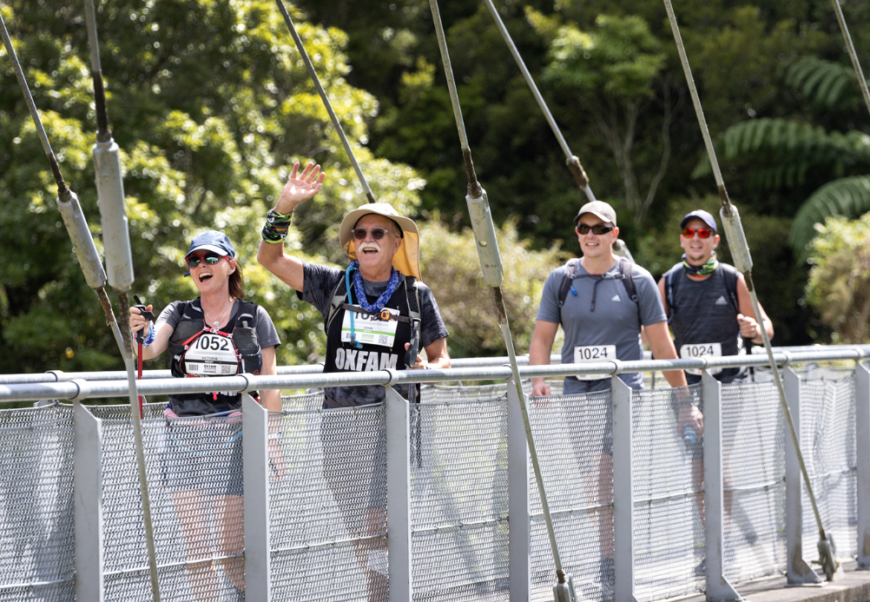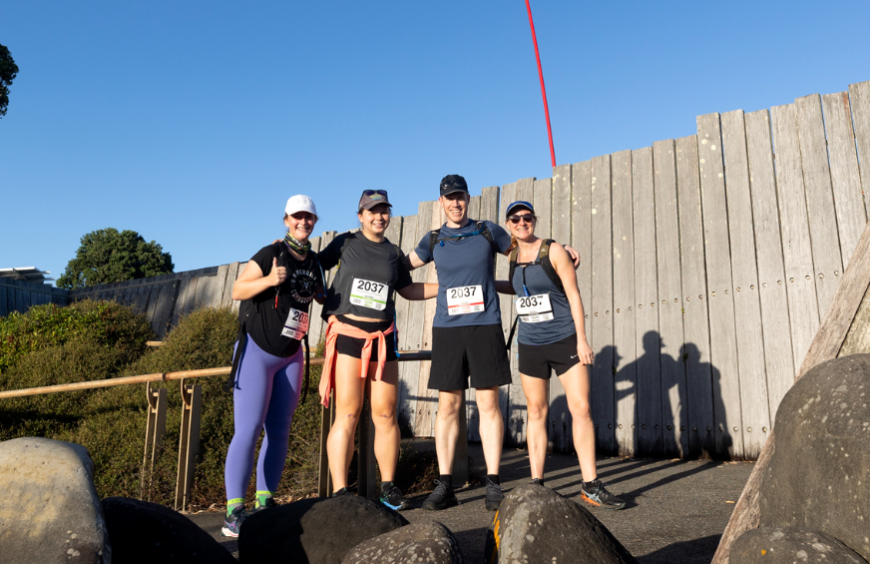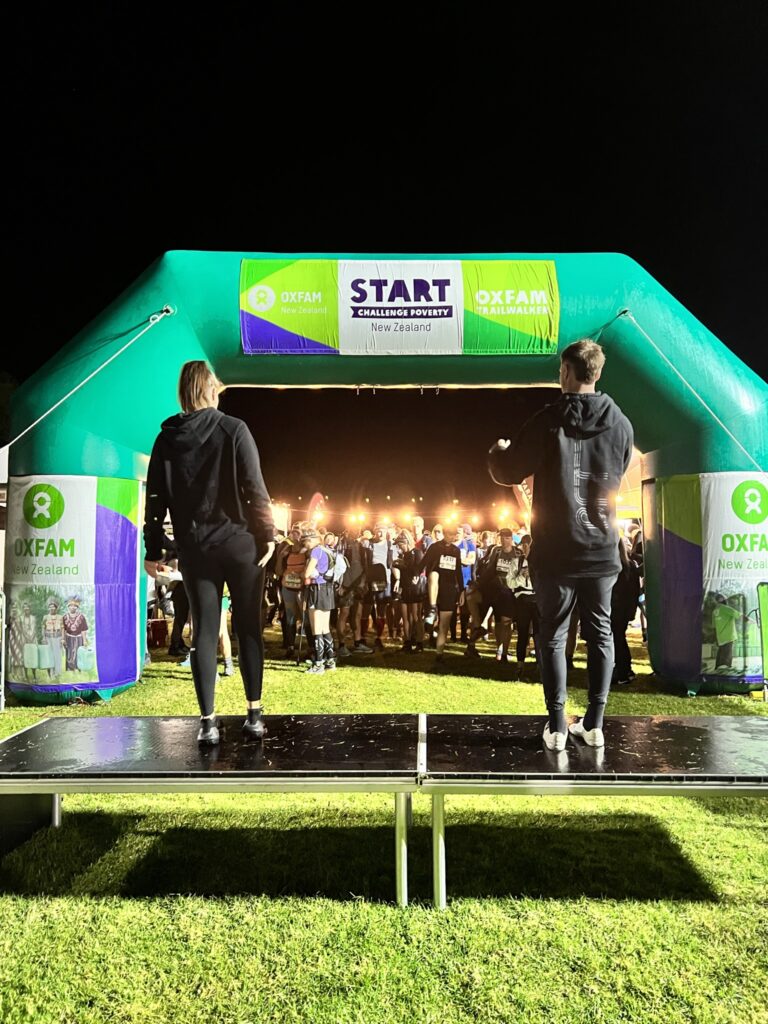More than 80 people including women and children have been killed in Mozambique, Malawi and Madagascar, and millions more urgently need clean water, shelter and food following Cyclone Freddy – the longest and strongest tropical storm on record in the Southern hemisphere – which has damaged thousands of homes, roads, and telecommunication infrastructures.
Oxfam and partners are currently assessing the scale of devastation in order to mount a humanitarian response to provide clean water, sanitation and hygiene facilities, as well as emergency cash and food.
“This is a double tragedy for the people of Malawi and Mozambique as this is happening at the time when the two countries are already battered by a cholera outbreak,” said Dailes Judge, Oxfam in Southern Africa Programme Director.
Among the hardest hit areas are Quelimane district in Zambezia Province in Mozambique, and Blantyre City, Chikwawa, Thyolo, Phalombe and Nsanje districts in Malawi. Collapsing infrastructure particularly in the remotest areas is slowing relief efforts. Oxfam is working in close cooperation with both governments.
Cyclone Freddy made its first landfall on the eastern coast of Madagascar on February 21, 2023, and proceeded to hit Mozambique. The climate crisis has made extreme weather including cyclones more severe and prolonged.
“The people that contribute the least drivers of climate change are once again paying the steepest price to climate change, including their own lives”, said Lynn Chiripamberi, Oxfam in Southern Africa Humanitarian Programme Lead.
“A comprehensive humanitarian response is urgently needed to ensure those most impacted get immediate shelter, water and food. Equally important is for rich polluting nations to pay for the climate loss and damage of these countries,” added Judge.






